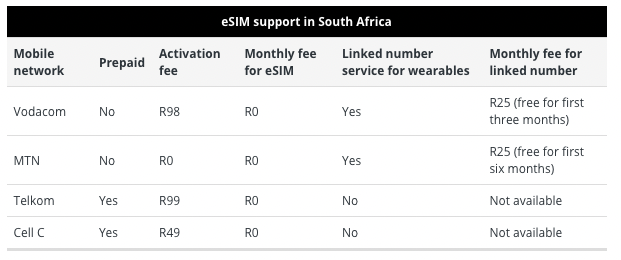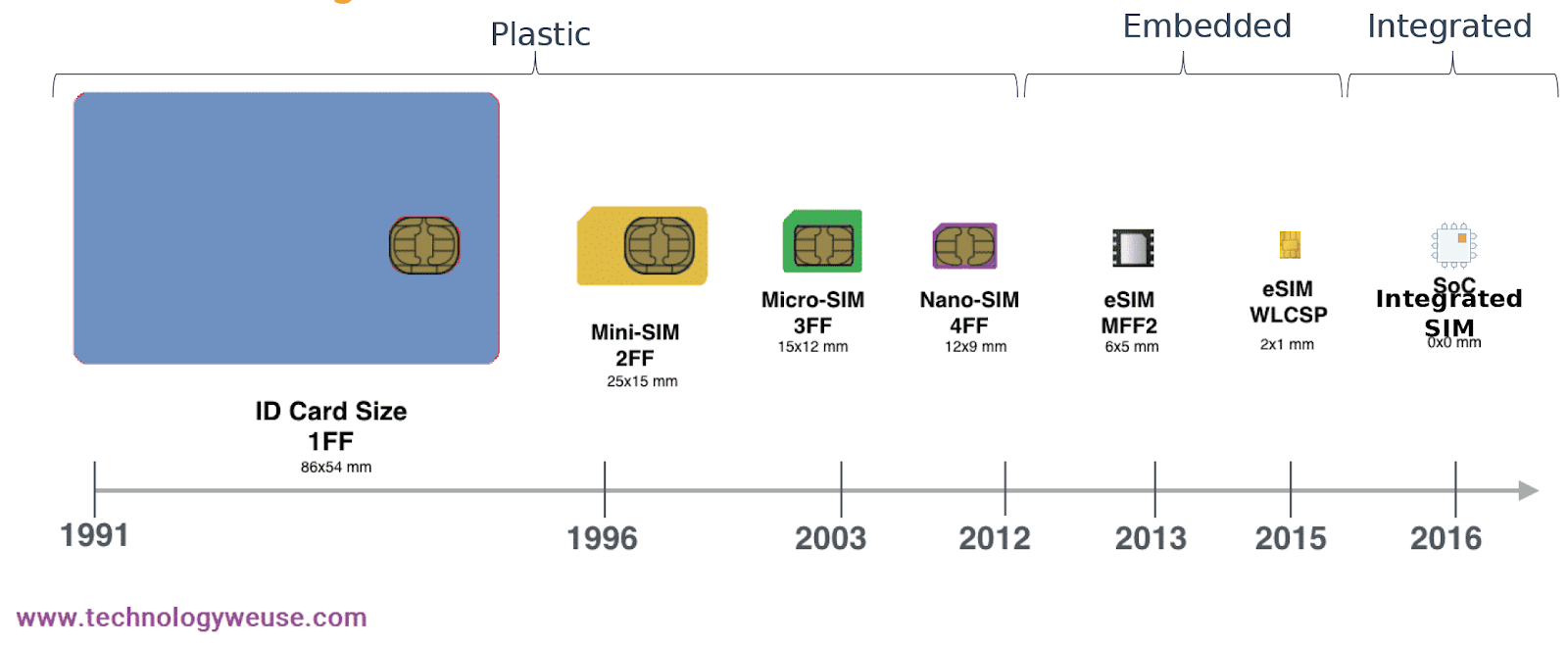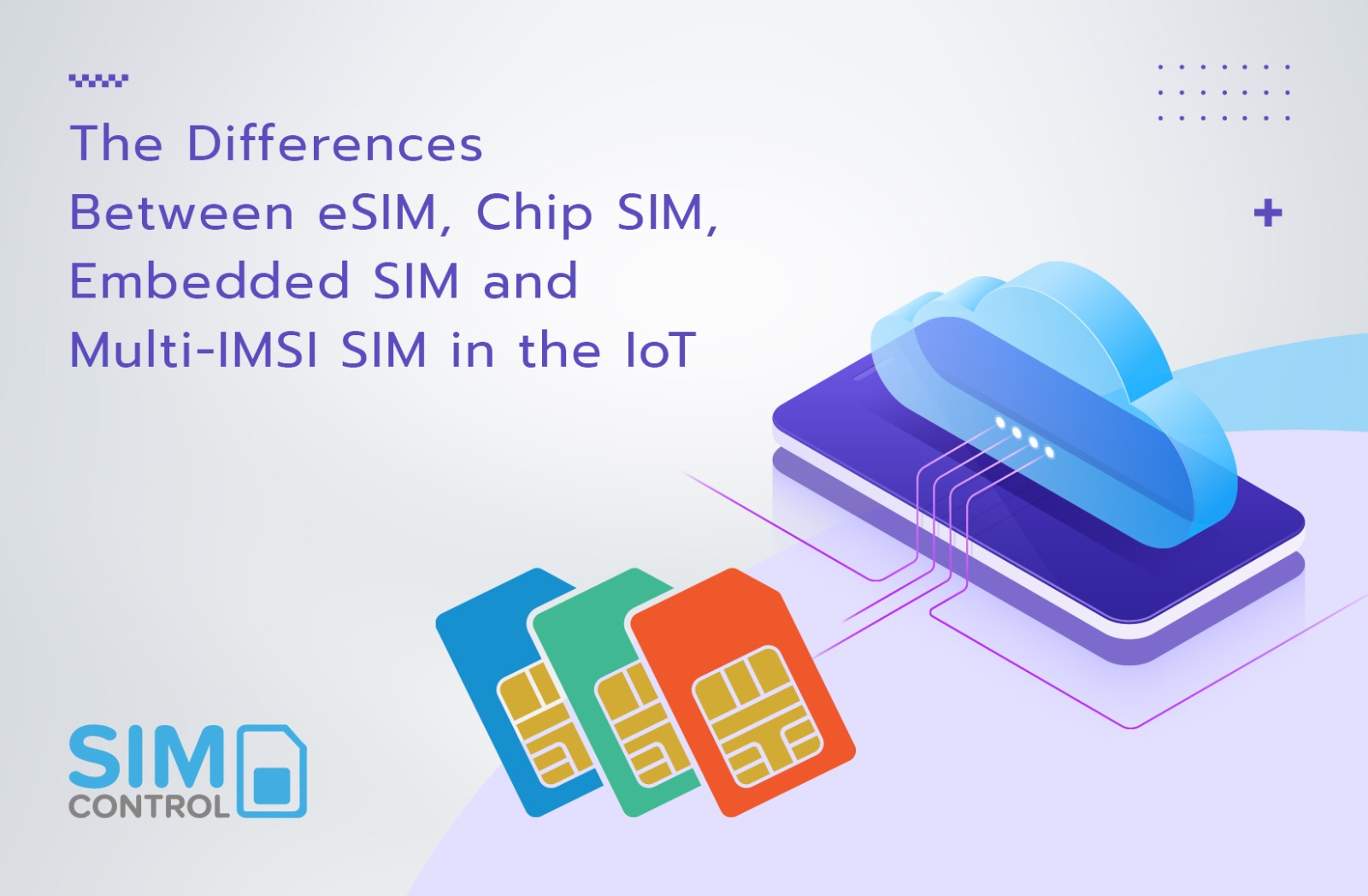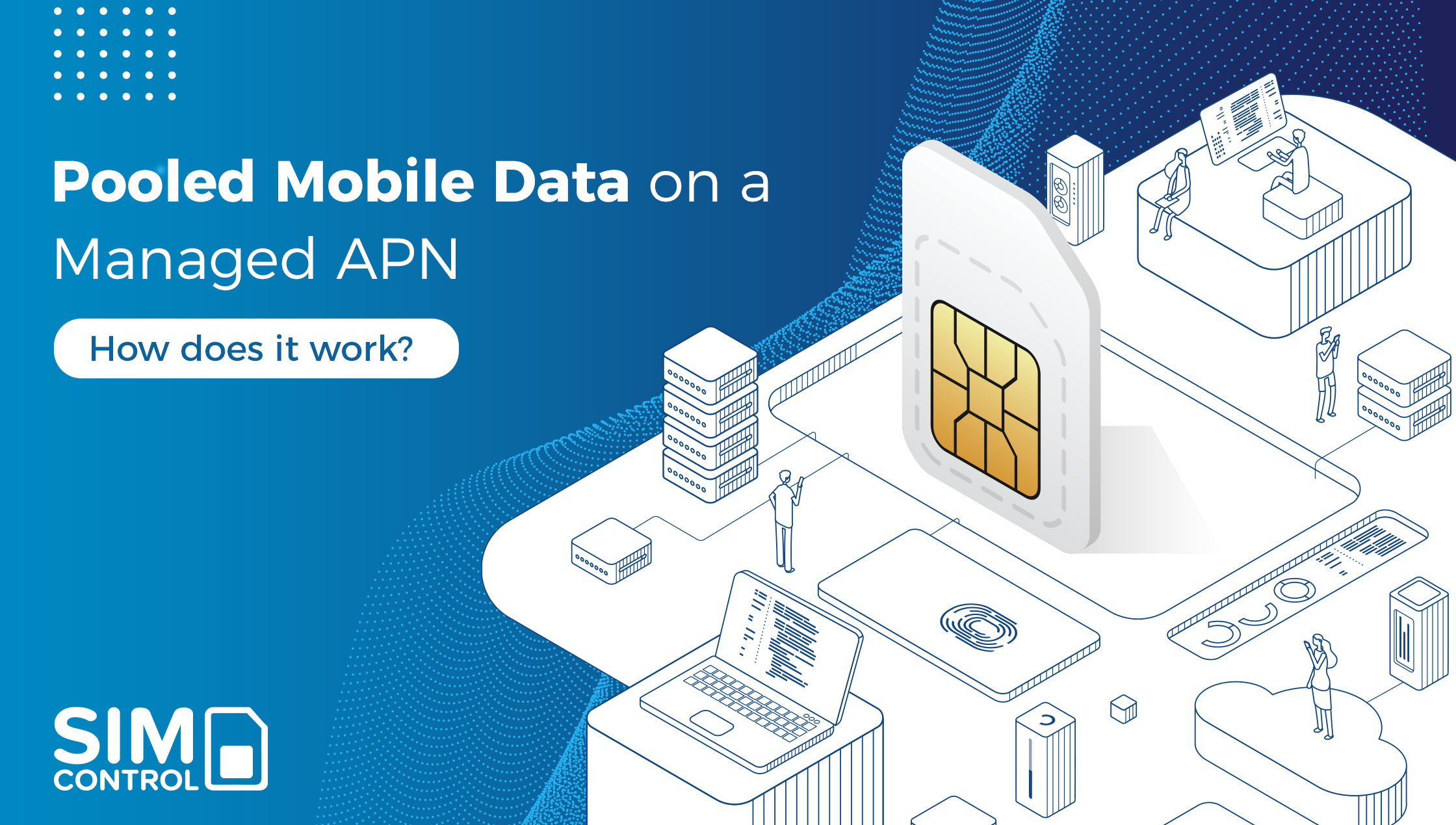In the world of Internet of Things (IoT), different types of SIM cards play a crucial role in enabling seamless communication between devices and networks. However, understanding the distinctions between various SIM technologies can be challenging. This article we aim to shed light on the key differences between eSIM, Chip SIM, Embedded SIM, and Multi-IMSI SIM in the context of IoT applications.
- eSIM - The Virtualized SIM Solution: Unlike traditional SIM cards that require physical insertion into devices, eSIM (embedded SIM) is a virtualized SIM card profile installed onto an eUICC (embedded Universal Integrated Circuit Card) chip permanently mounted to a mobile device during manufacturing. Once an eSIM carrier profile is installed, it functions just like a physical SIM, complete with a unique ICCID (Integrated Circuit Card Identifier) and network authentication key. The beauty of eUICC lies in its ability to manage multiple profiles on a single card, providing flexibility and avoiding operator lock-in. eUICC is available in different form factors, including plastic, embedded, and integrated options.
Moreover, eSIM offers the convenience of Over The Air (OTA) provisioning. End-users can add or remove operators without the need for physical SIM swaps, making it a user-friendly option. The permanent eSIM ID (EID) assigned during factory installation ensures seamless association with carrier subscriptions and secure channel negotiation for programming.
- eSIM Challenges in South Africa: While eSIM technology brings significant advantages, its implementation is not yet widespread in South Africa. Currently, only a limited number of consumer devices, supported by networks like Vodacom, MTN, and Telkom, offer eSIM compatibility. However, this feature often comes with a premium cost tied to long-term contracts. Additionally, manual device programming through apps and the requirement for devices to be on the network's allowed eSIM devices list add complexity and limitations to eSIM adoption in the region.

For IoT applications in South Africa, local remote eSIM activation support remains unavailable. The high costs associated with enabling eSIM for IoT devices deter its commercial viability, leading to its lack of support in the country.
- Chip SIM / Embedded SIM / eSIM Form Factor for Consumer Devices: For consumer devices, alternative SIM options include the eSIM form factor, which functions like a traditional SIM but comes as a chip-based SIM from a local or roaming network. These eSIMs can be activated and managed just like regular (plastic) SIM cards from the respective networks. Manufacturers order these SIMs on reels and then solder them into IoT devices.
In some cases, IoT device designs may allow for two SIM slots - one for the chip SIM and another for a regular plastic SIM. This setup grants flexibility for deployments in regions where the eSIM option may not be suitable, ensuring seamless connectivity across different countries.
To explore chip SIM supply, activation, and management options across various networks, feel free to reach out to us for detailed information on available Chip SIM options.
- Multi-IMSI SIM - Expanding the Horizon: Multi-IMSI SIM is a revolutionary concept designed to overcome the limitations of single-profile SIM cards. This technology bundles multiple Mobile Network Operator (MNO) profiles (IMSI) into a single SIM card. The management of these profiles is facilitated by an applet running on the SIM, providing remote control and provisioning capabilities (adding, removing, or provisioning profiles).
For IoT deployments seeking enhanced flexibility and seamless connectivity, Multi-IMSI SIM solutions offer a promising option. To explore Multi-IMSI SIM options tailored to your IoT applications, do not hesitate to contact us for further assistance.\ \ Conclusion

Understanding the differences between eSIM, Chip SIM, Embedded SIM, and Multi-IMSI SIM is essential for making informed decisions about IoT device connectivity. While eSIM technology holds great promise for the future, its adoption in South Africa is currently limited due to certain challenges. Nevertheless, alternative SIM solutions like the chip SIM form factor and Multi-IMSI SIM pave the way for seamless IoT deployments in diverse scenarios.
Feel free to reach out to us for more information and personalized assistance in choosing the right SIM technology for your IoT projects.


